Table of Contents
-
Understanding Case Study Fundamentals
-
Case Types and Industry Applications
-
Advanced Problem-Solving Techniques
-
Interview Preparation and Performance Optimization
-
Preparation Timeline and Action Steps
-
Final Thoughts
TL;DR
-
Master the MECE principle and framework customization before diving into complex cases
-
Practice market sizing and financial modeling daily – these skills make or break your performance
-
Communication matters as much as analysis – develop executive summary skills early
-
Different case types require specific approaches – market entry cases need different thinking than operational improvements
-
Creative problem-solving and stakeholder management separate good candidates from great ones
-
Follow a structured 8-12 week preparation timeline with specific weekly goals
-
Learn to recover gracefully from mistakes – it’s not about perfection, it’s about resilience
Understanding Case Study Fundamentals
So there I was, walking into my first BCG interview like I owned the place. I’d practiced my handshake, memorized a few business buzzwords, and figured my natural charm would do the rest. Yeah… that lasted exactly three minutes before I completely face-planted.
The interviewer threw me this complex market entry problem, and I just… froze. Then I started rambling. My framework made zero sense, my math was all over the place, and my recommendations? Let’s just say they wouldn’t have survived five minutes in the real world.
Here’s what I wish someone had told me: BCG cases aren’t just business puzzles. They’re basically watching you think out loud while solving the kind of messy, complicated problems that keep CEOs up at night. You need to show them you can think like a consultant – structured, logical, and cool under pressure.
Just so you know what you’re signing up for – you’re looking at 4-6 interviews during a span of 4-8 weeks. I know, I know… it sounds brutal because it kind of is. But hey, at least you’ll get really good at talking about yourself by the end of it.

Framework Selection and Application
Okay, let’s talk frameworks – and no, I don’t mean the kind you hang pictures with. These are basically your mental toolboxes for tackling business problems. The trick isn’t memorizing every framework ever created (trust me, I tried that). It’s knowing which tool to grab when you’re staring down a particular type of mess.
I’ve watched so many candidates try to force the wrong framework into a case. It’s like watching someone try to eat soup with a fork – technically possible, but painful to watch. The interviewer’s confused expression always gives it away.
Your framework choice is like your opening move in chess. Pick the right one, and you’ve got a clear path forward. Choose poorly, and you’ll be fighting an uphill battle for the rest of the case.
MECE Principle Implementation
MECE changed everything for me – and I mean everything. One day I’m fumbling around like I’m trying to solve a puzzle in the dark, the next I actually have a system that works. MECE just means your buckets don’t overlap and you’re not missing anything obvious. Sounds simple, right? It is, once you stop overthinking it.
Think of it like organizing your closet. You want everything to have a place, and you don’t want your work shirts mixed in with your gym clothes. Same principle applies to business analysis – you’re creating categories that capture everything without any weird overlap.
The beauty of MECE? It forces you to think clearly. Every time you’re structuring something, just ask yourself: “Am I missing anything important?” and “Is there weird overlap between my categories?” If you can answer both confidently, you’re golden.
|
MECE Component |
Good Example |
Poor Example |
Why It Matters |
|---|---|---|---|
|
Mutually Exclusive |
Revenue: Online vs. In-Store |
Revenue: Digital vs. E-commerce |
Prevents double-counting |
|
Collectively Exhaustive |
Costs: Fixed + Variable = Total |
Costs: Labor + Materials (missing overhead) |
Ensures complete analysis |
|
Logical Structure |
Market Size: TAM → SAM → SOM |
Market Size: Random segments |
Maintains analytical flow |
|
Clear Definitions |
Customer Segments: B2B vs. B2C |
Customer Types: Big vs. Small |
Eliminates ambiguity |
Framework Customization Techniques
I learned this the hard way when I tried cramming a profitability framework into a market entry case like I was forcing a square peg into a round hole. The interviewer’s face said it all – I looked like I was reading from a script instead of actually thinking. That’s when it clicked: frameworks are like recipes. You can follow them exactly, or you can adapt them based on what’s actually in your fridge.
Generic frameworks are just starting points. The magic happens when you customize them for your specific situation. If you’re looking at a tech startup’s expansion, your market entry framework better include stuff like scalability and network effects – things that don’t matter for traditional retail but are make-or-break for tech.
The best candidates don’t just announce their framework choice. They explain why they picked it and how they’ve tweaked it for the situation at hand. That shows you’re actually thinking, not just regurgitating what you memorized.

Hypothesis-Driven Problem Solving
Here’s something that transformed how I approach cases: start with a guess. I know that sounds backwards, but hear me out. Instead of analyzing everything equally (which takes forever and gets you nowhere), make an educated guess about what’s driving the problem and then test it.
I remember this one case where profits were tanking. Instead of doing some massive analysis of every possible factor, I hypothesized it was increased competition eating into margins. That guess guided my entire analysis toward external market factors – and I was right. Without that initial hypothesis, I would’ve wasted time digging into internal cost structures that weren’t the real issue.
Your hypotheses don’t have to be perfect right out of the gate. They just need to be logical and testable. The interviewer wants to see your thought process, not whether you’re psychic.
Data Analysis and Interpretation
Numbers tell stories, but only if you know how to listen. BCG cases throw data at you and expect you to extract insights that actually matter for business decisions. It’s not about being a human calculator – it’s about understanding what the numbers mean and how they connect to real business problems.
The candidates who really shine don’t just get their math right. They explain what their calculations actually mean for the business and how their findings lead to specific recommendations. It’s that connection between analysis and action that separates the good from the great.
Market Sizing Calculations
Market sizing used to make me break out in a cold sweat. I’d sit there thinking, “How the hell am I supposed to know how many dog groomers are in Chicago?” Then I realized something that changed everything: they don’t actually care if you’re right. They want to see if you can think through a problem step by step without completely losing your mind.
Understanding market dynamics is crucial for case interviews, which is why our comprehensive market sizing guide for business opportunity assessment provides frameworks that mirror consulting methodologies used in these high-stakes interviews.
You’ve got two main approaches here. Bottom-up means starting with individual customers and building up to the total market. Top-down starts with the big picture and narrows down to your specific slice. Both work fine – just pick the one that feels more natural given the information you have.
The key is making your assumptions crystal clear and reasonable. Don’t just throw out random numbers. If you’re assuming 10% market penetration, explain why 10% makes sense for this specific product and market situation.
Market Sizing Example: Food Delivery App Market
“Alright, let me walk through how I’d size the market for a new food delivery app in Chicago. I’ll go bottom-up since I can make some reasonable assumptions about customer behavior:
-
Population Base: Chicago metro has about 10 million people
-
Target Demographics: Let’s focus on ages 18-45 with smartphones – that’s roughly 4 million people
-
Usage Patterns: Maybe 30% actually use food delivery apps regularly, so 1.2 million potential users
-
Order Frequency: Average person probably orders twice a month = 2.4 million orders monthly
-
Average Order Value: With fees and everything, maybe $25 per order
-
Total Market: 2.4M orders × $25 × 12 months = $720 million annually
So we’re looking at a pretty substantial market opportunity, though obviously we’d need to factor in competition and realistic market share assumptions to get more precise.”
Financial Modeling Essentials
Don’t worry – you won’t need to build complex spreadsheets during your interview. But you do need to understand how money flows through businesses and how different decisions impact the bottom line. We’re talking basic stuff like break-even analysis, NPV calculations, and profitability trees.
Break-even tells you when an investment starts paying off. NPV shows whether a project actually creates value. Profitability trees help you figure out where a business is bleeding money. These aren’t just math exercises – they’re tools for making smarter business decisions.
Practice these until they become second nature. The last thing you want is to be struggling with basic calculations when you should be focused on strategic insights and recommendations.
Communication and Presentation Skills
Here’s something that took me way too long to figure out: brilliant analysis doesn’t mean squat if you can’t explain it clearly. I’ve seen candidates with rock-solid analytical skills completely bomb because they couldn’t communicate their thinking in a way that made sense.
Your communication style needs to match the consulting world – confident but not arrogant, structured but not robotic, detailed but not overwhelming. You’re basically auditioning to present to Fortune 500 CEOs, so act like it.
According to BCG’s interview process, you’ve got 30-45 minutes to work through everything, which means every word counts. No time for rambling or getting lost in the weeds.
Executive Summary Development
This is your big moment – don’t blow it by burying your main point in a bunch of analysis. Imagine you’re talking to a CEO who’s got about 30 seconds before their next meeting. Lead with what matters: what should they do, why should they do it, and what could go wrong. Everything else is just supporting evidence.
Start with your recommendation, then hit the key reasons why it makes sense. Don’t make them dig through your entire analysis to figure out what you’re actually suggesting. Your summary should answer the big questions immediately: What’s the move? Why this move? What are the risks?
Practice getting your main points across in 60 seconds or less. This constraint forces you to focus on what actually matters and cut out all the fluff that just confuses your message.
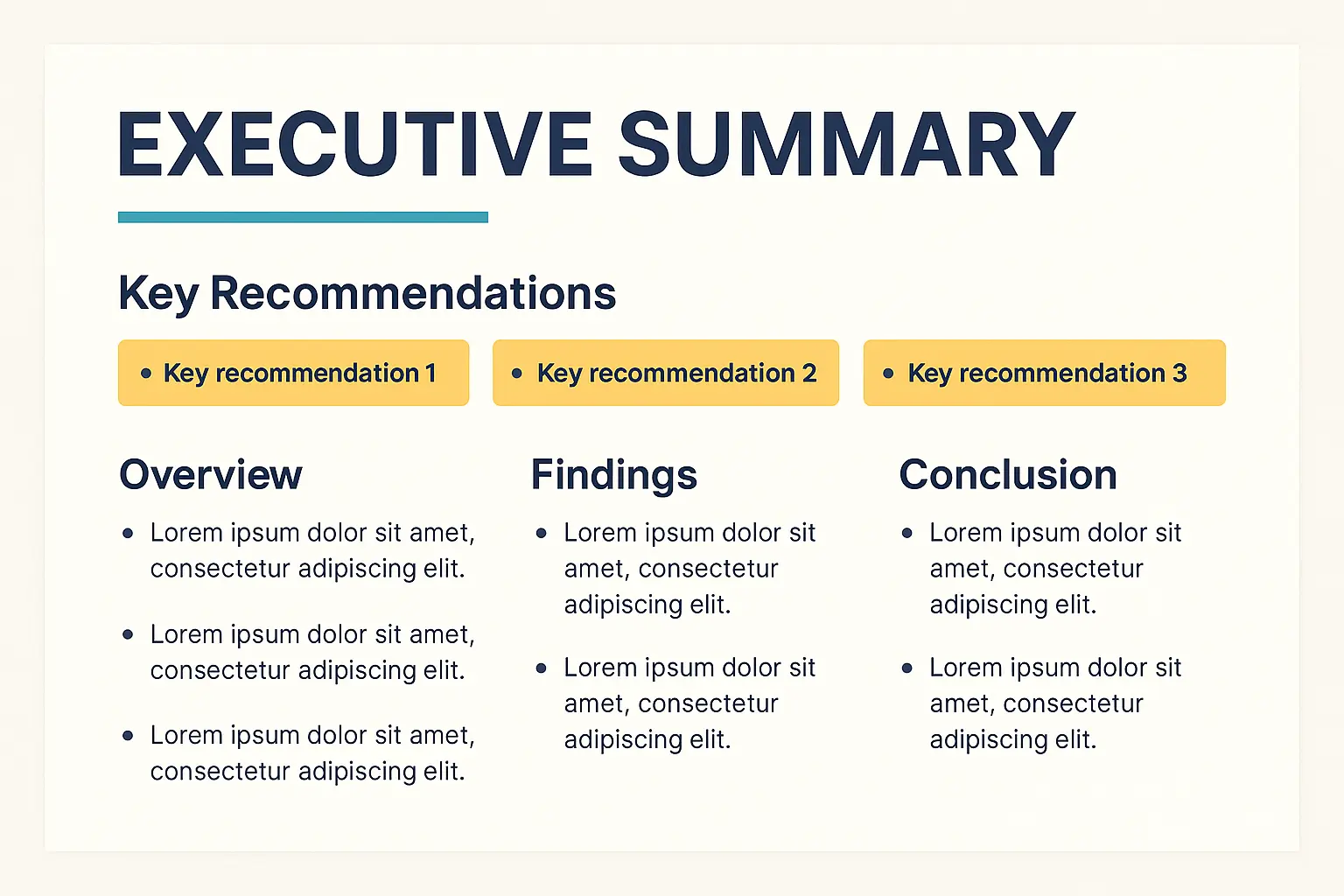
Case Types and Industry Applications
Here’s something I wish I’d understood earlier: not all cases are created equal. I used to approach every case the same way until I realized that market entry problems need completely different thinking than operational improvement cases. The frameworks might have some overlap, but the focus areas, key questions, and success metrics are totally different.
Each type of case requires different knowledge, different frameworks, and different analytical approaches. Understanding these differences helps you prepare more effectively and nail the specific type of case you’re facing.
Market Entry and Expansion Cases
Market entry cases are everywhere in BCG interviews, and for good reason – they mirror the real consulting work where companies are trying to figure out new opportunities and expansion strategies. These cases test whether you can evaluate opportunities while also thinking through how to actually execute on them.
The trick with market entry cases is balancing the “should we do this?” question with the “how would we actually pull this off?” question. You need to assess whether the opportunity is attractive while considering whether your client can realistically succeed given their capabilities and constraints.
Recent BCG research on “circular business models” shows that companies can achieve 15-20% topline growth through innovative market entry strategies that focus on sustainability and resource efficiency, demonstrating how modern market entry cases increasingly incorporate ESG considerations.
Geographic Expansion Analysis
When you’re looking at geographic expansion, you’re basically playing matchmaker between a company and a new market. Sure, the market might look amazing on paper, but can your client actually win there? It’s like dating – just because someone’s attractive doesn’t mean you’re compatible.
Start with market attractiveness: How big is it? Is it growing? Can you make money there? Then look at the competitive landscape: Who’s already fighting for customers? How tough are they? Is there actually room for another player?
Don’t forget about entry barriers and your client’s capabilities. Regulatory hurdles, cultural differences, operational challenges – all of this stuff matters. A great opportunity means nothing if your client doesn’t have what it takes to compete effectively in that market.
Product Launch Strategy
Product launch cases are where strategy meets reality. You’re not just figuring out if there’s a market opportunity – you’re developing a realistic plan for how to actually get the product in front of customers and generate revenue.
Start with positioning: Who are you targeting, and how are you different from what’s already out there? Then tackle pricing – what can customers afford, and what pricing supports your positioning story? Distribution comes next – how do customers actually get their hands on your product?
Here’s something most people miss: competitive response. How are existing players going to react when you launch? And how will you maintain your position once they start fighting back? This forward-thinking approach shows the kind of strategic sophistication that interviewers love.
Partnership vs. Acquisition Decisions
These cases test whether you can evaluate strategic options and make recommendations based on multiple competing factors. There’s rarely a clear “right” answer – it all depends on the client’s priorities, resources, and risk tolerance.
Acquisitions give you speed and control but require serious capital and integration skills. Partnerships provide market access with lower investment but less control over execution. Going organic takes longer but lets you customize your approach and learn as you go.
Think about what matters most to your client: Do they need to move fast? Do they have experience with acquisitions? How important is maintaining control? Your recommendation should align with their actual capabilities and strategic priorities, not just theoretical best practices.
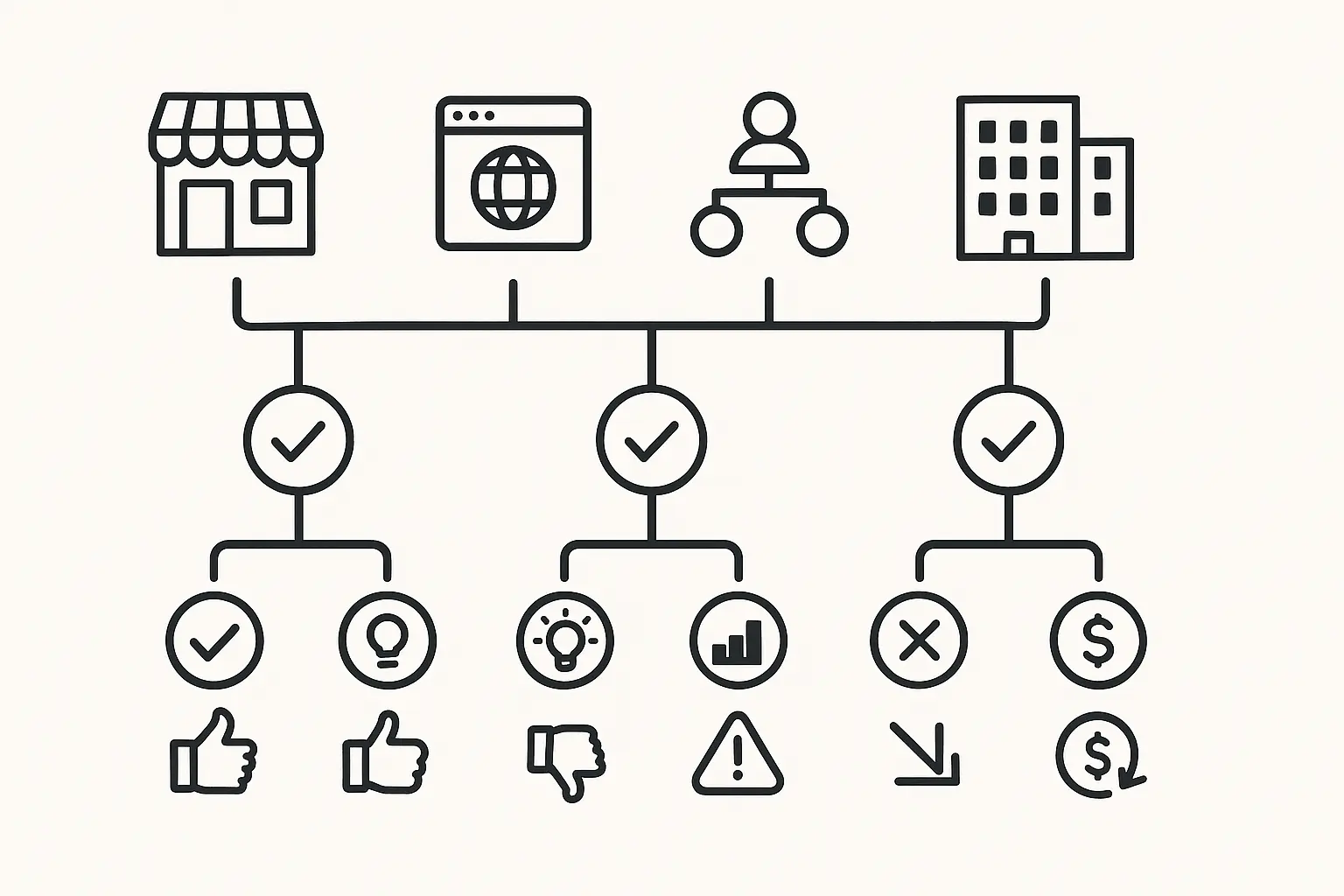
Operational Improvement Cases
Process optimization is like organizing your closet, except the closet belongs to a multi-million dollar company and everyone has opinions about where the shoes should go. You’re looking for the stuff that doesn’t make sense – why are we doing this step? Who decided this was a good idea? Where are the bottlenecks that make everyone’s life miserable?
Operational cases are where analytical rigor meets practical problem-solving. You’re not just identifying what’s broken – you’re developing realistic solutions that can actually be implemented within the organization’s constraints and capabilities.
These cases often require diving deep into business processes, cost structures, and performance metrics. The key is balancing analytical depth with strategic perspective – you need to understand the details while keeping sight of the bigger business impact.
BCG’s recent analysis on “AI-enabled cost transformations” reveals that more than 90% of executives recognize AI’s pivotal role in reducing costs over the next 18 months, highlighting how modern operational improvement cases increasingly incorporate AI and automation considerations.
Process Optimization Frameworks
Similar to how we apply systematic optimization approaches in our advanced analytics for strategic growth consulting, process optimization cases require you to think like an operations consultant who can spot inefficiencies and design better workflows. You’re hunting for bottlenecks, redundancies, and opportunities to streamline operations while maintaining quality and service levels.
Value stream mapping helps you understand how work actually flows through the organization and where things get stuck or slow down. Lean principles guide you toward eliminating waste while keeping the activities that actually create customer value.
The key is balancing efficiency gains with practical implementation constraints. Your recommendations need to be realistic given the organization’s culture, capabilities, and appetite for change.
Process Optimization Checklist:
-
Map current state workflow from start to finish
-
Identify value-added vs. non-value-added activities
-
Measure cycle times and identify bottlenecks
-
Assess resource utilization and capacity constraints
-
Evaluate quality control points and error rates
-
Consider automation opportunities for repetitive tasks
-
Design future state with measurable improvements
-
Plan implementation timeline and change management
Cost Reduction Strategies
Cost reduction cases test whether you can find savings without destroying value. Anyone can cut costs by reducing quality or service levels – the real challenge is finding smart reductions that improve efficiency without hurting customer experience or competitive position.
Start by understanding where the money goes – which costs are fixed versus variable, and where are the biggest buckets? Then identify reduction opportunities: process improvements, vendor negotiations, automation possibilities, and organizational efficiencies.
Always think about the impact of cost cuts on revenue and strategic capabilities . Cutting costs that support customer satisfaction or competitive advantage can be counterproductive even if they improve short-term profitability.
Cost Reduction Case Example: Retail Chain Optimization
“So we’ve got a regional retail chain that’s feeling the squeeze and needs to cut costs by 15% without tanking customer service. Here’s how I’d tackle it:
-
Labor Optimization: Look at staffing patterns versus actual customer traffic – probably can optimize scheduling and cut 8-12% from labor costs
-
Supply Chain Efficiency: Consolidate vendors and negotiate better volume discounts – maybe 5-8% savings on procurement
-
Technology Automation: Self-checkout systems and better inventory management could drive 10-15% operational efficiency gains
-
Real Estate Rationalization: Close underperforming locations and renegotiate lease terms – potentially 20-25% facilities cost reduction
The trick is sequencing these so customers don’t notice while we hit that 15% target within a year.”
Digital Transformation Cases
Here’s the thing about digital transformation cases: every company thinks they need to “go digital” or they’ll die. And honestly? They’re probably right. But most of them have no clue what that actually means beyond “we need an app” or “let’s use AI for everything.”
Digital transformation cases reflect the reality that every business is becoming a tech business to some degree. These cases test whether you understand digital trends while also thinking practically about implementation challenges and organizational change.
Technology is just one piece of the puzzle. You also need to consider process changes, skill development, cultural shifts, and customer experience improvements. The most successful digital transformations are holistic rather than purely technological.
Technology Implementation Planning
Technology implementation cases require balancing what’s technically possible with what’s organizationally realistic. The coolest technology in the world means nothing if the organization can’t implement it successfully or if users won’t actually adopt it.
Think about implementation complexity, user training requirements, integration challenges, and change management needs. Technology projects often fail because of people problems, not technical issues, so your recommendations need to address both dimensions.
Success metrics should focus on business outcomes, not just technical functionality. How will you actually measure whether the technology implementation improves business performance? This outcome-focused thinking shows strategic maturity.
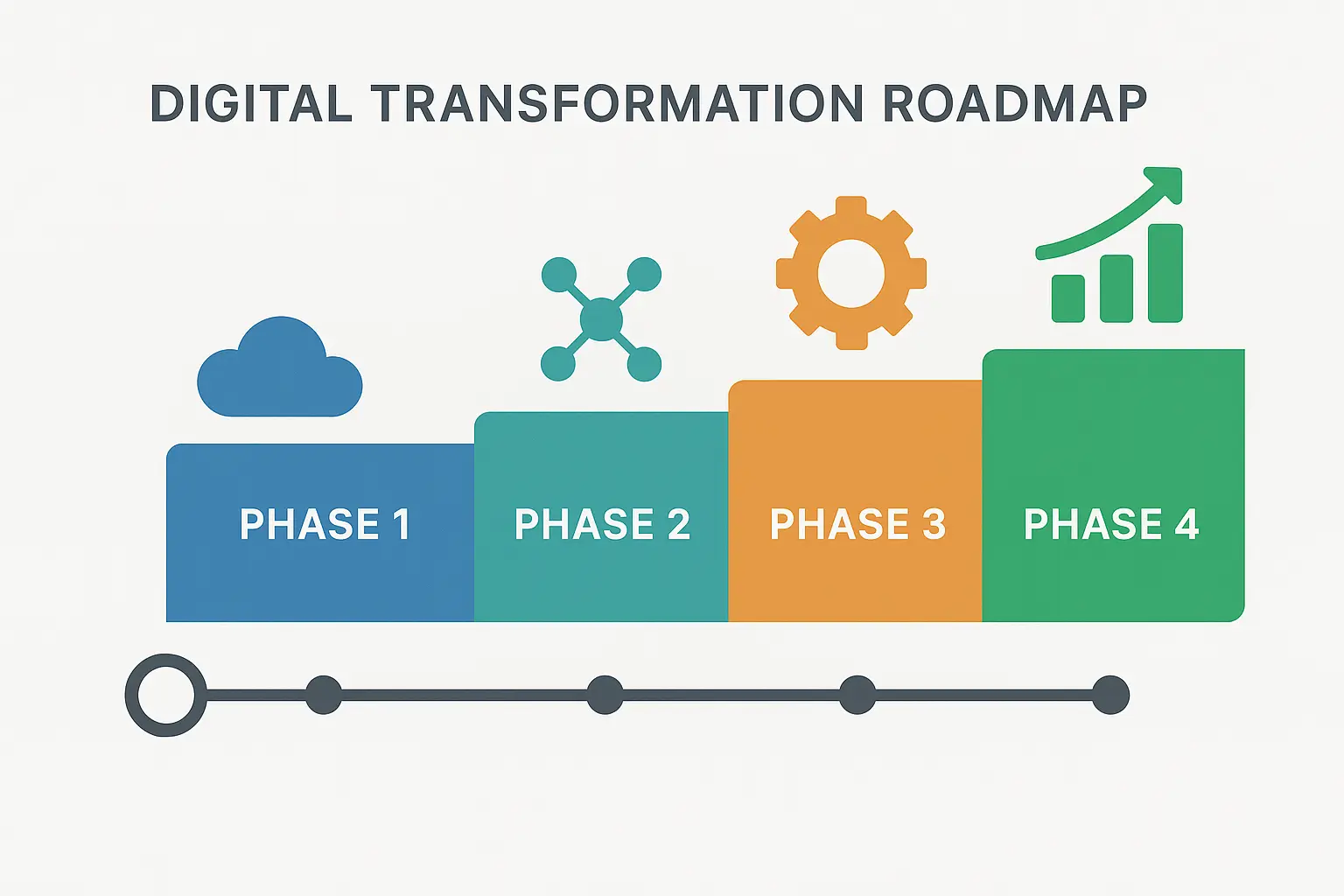
Advanced Problem-Solving Techniques
Once you’ve got the basics down, you need to develop more sophisticated approaches that show creativity, strategic thinking, and practical wisdom. These techniques aren’t about showing off – they’re about solving problems more effectively by considering factors that others might miss.
Advanced problem-solving separates good candidates from exceptional ones. The best consultants combine analytical rigor with creative thinking and practical judgment, and that’s exactly what these techniques help you demonstrate.
Creative Problem Solving Methods
Creative problem-solving doesn’t mean abandoning structure – it means applying structured thinking to generate innovative solutions. You’re still using logical analysis, but you’re also challenging assumptions and exploring possibilities that others might overlook.
The key is knowing when to be creative versus when to stick with proven approaches. Creativity works best when you’ve already established a solid analytical foundation and can build innovative solutions on top of rigorous problem-solving.
Design Thinking Application
Design thinking brings a customer-centric perspective to business problem-solving. Instead of starting with what the company wants to do, you start with what customers actually need and work backward to develop solutions that create real value.
This approach is particularly powerful in cases involving new products, service improvements, or customer experience challenges. You’re not just solving business problems – you’re solving human problems that happen to have business implications.
The iterative nature of design thinking also shows you’re comfortable with ambiguity and willing to refine solutions based on new information – qualities that consulting firms value highly.
|
Design Thinking Stage |
Key Activities |
Case Interview Application |
Time Allocation |
|---|---|---|---|
|
Empathize |
Customer interviews, journey mapping |
Understand stakeholder perspectives |
15% |
|
Define |
Problem synthesis, point-of-view statements |
Frame the core challenge |
20% |
|
Ideate |
Brainstorming, solution generation |
Develop multiple options |
25% |
|
Prototype |
Rapid testing, concept validation |
Create testable hypotheses |
25% |
|
Test |
User feedback, iteration planning |
Validate recommendations |
15% |
Scenario Planning and Sensitivity Analysis
Scenario planning acknowledges that the future is uncertain and that good strategies need to work under multiple possible conditions. Instead of making a single recommendation based on your best guess about the future, you’re developing flexible approaches that can adapt to different circumstances.
This technique is particularly valuable in cases involving long-term strategic decisions, market entry in volatile environments, or situations with significant regulatory or competitive uncertainty.
Your scenarios should be plausible but distinct – different enough to require different strategic responses but realistic enough to be worth considering. This balance shows both creativity and practical judgment.
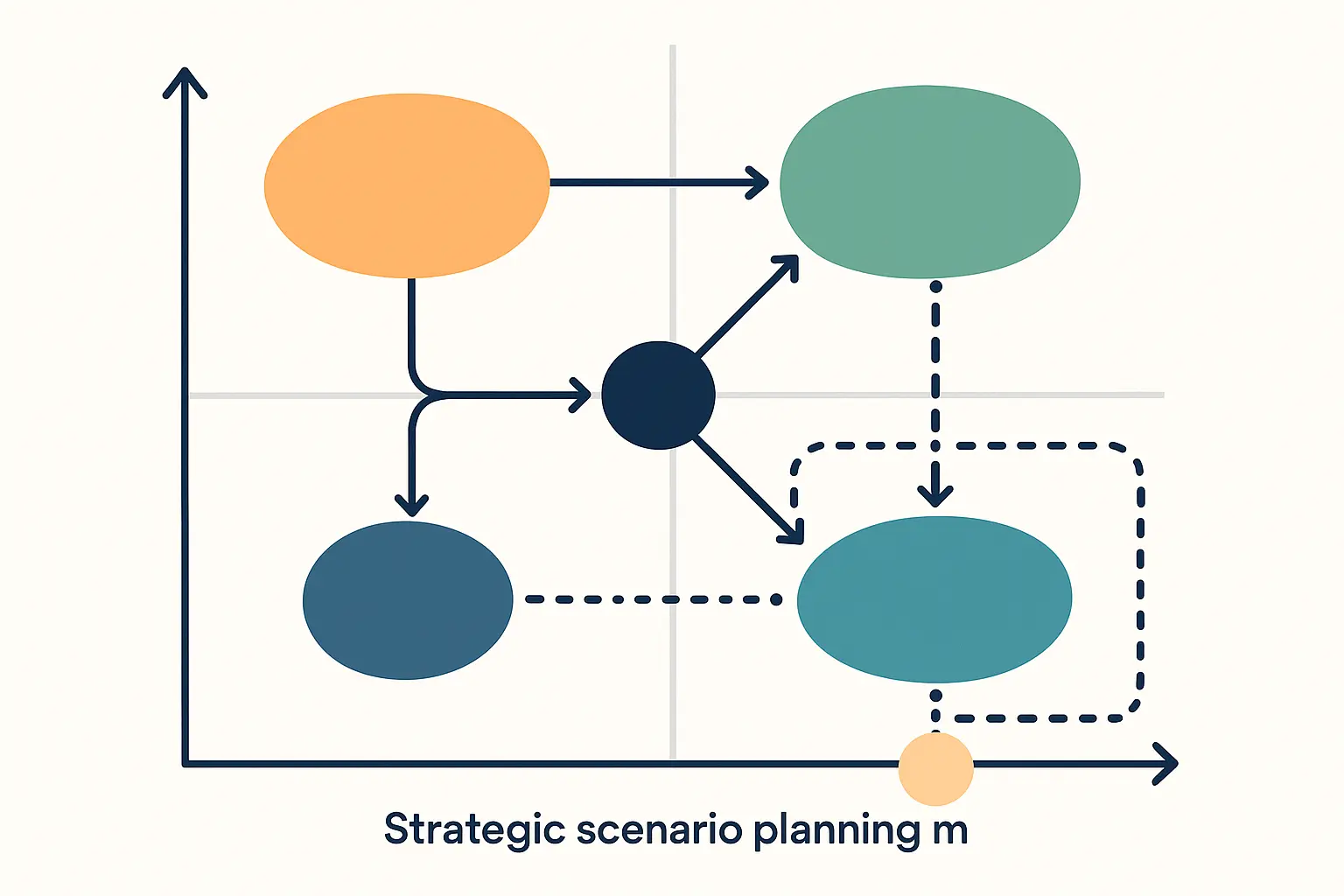
Stakeholder Management Considerations
Great recommendations mean nothing if they can’t be implemented successfully. Stakeholder management recognizes that business decisions happen within complex organizational and political environments where different groups have different interests and priorities.
This perspective shows maturity and practical wisdom – you understand that technical solutions need to work within human systems. The best consultants don’t just solve analytical problems; they solve organizational problems.
Change Management Strategies
Change management cases test your understanding of organizational behavior and your ability to think through implementation challenges. You’re not just recommending what should happen – you’re planning how to make it actually happen.
Resistance to change is natural and predictable. Your job is to anticipate sources of resistance and develop strategies to address them proactively. This might involve communication plans, training programs, incentive changes, or phased implementation approaches.
The key is understanding that change is fundamentally about people, not just processes or systems. Your recommendations need to account for human factors like fear, uncertainty, and competing priorities.
Research shows that 70% of software developers aren’t using GenAI, highlighting the critical importance of change management and adoption strategies even in highly technical fields where you might expect natural affinity for new technology.
Cross-Functional Collaboration Planning
Cross-functional collaboration is essential for most business initiatives, but it’s also one of the most challenging aspects of implementation. Different functions have different priorities, metrics, and incentives that can create conflicts even when everyone wants the company to succeed.
Your collaboration plan should identify key stakeholders, understand their primary concerns and success metrics, and develop approaches to align their interests around your recommended solution. This might involve changing incentive structures, creating new communication processes, or establishing shared governance mechanisms.
The sophistication of your stakeholder analysis shows business maturity and practical wisdom that interviewers value highly.
Cross-Functional Collaboration Example: Digital Platform Launch
“For a B2B software company launching a new digital platform, here’s how I’d handle the key stakeholders:
-
Sales Team: They’re worried about hitting quota → Give them early access to qualified leads and protect commissions during transition
-
Customer Success: Concerned about support complexity → Get them involved in beta testing and create solid training materials
-
IT Department: Focused on system integration → Include them in technical decisions and give realistic timelines
-
Finance: Tracking ROI and budget → Set clear success metrics and regular check-ins
-
Marketing: Need compelling value proposition → Work together on customer case studies and competitive positioning
Success means mapping everyone’s interests, addressing concerns upfront, and creating shared incentives around platform adoption.”
Interview Preparation and Performance Optimization
Look, I’m not going to sugarcoat this – case interview prep is a grind. But here’s what I figured out: random practice doesn’t work. You need a system, you need accountability, and you need to practice like you’re actually in the interview room sweating bullets.
The best preparation simulates actual interview conditions while giving you feedback mechanisms to identify and fix weaknesses. This isn’t just about practicing cases – it’s about developing the mental resilience and performance habits that lead to success.
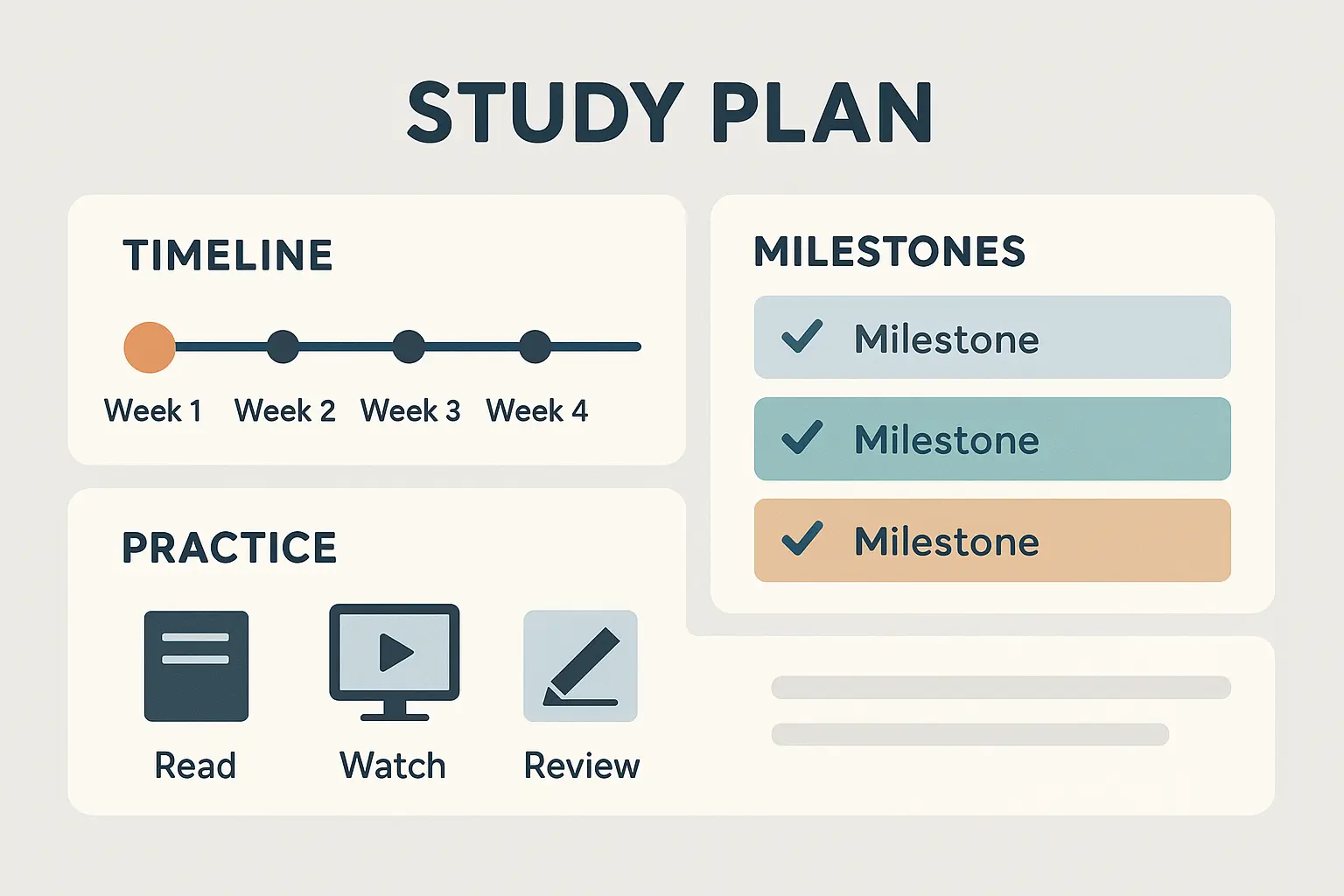
Practice Methodology
Random case practice isn’t enough – you need structured approaches that systematically build different skills while simulating the pressure and constraints of actual interviews. This means practicing with time limits, unfamiliar case partners, and realistic feedback.
Your practice should progress from skill-building exercises to full case simulations. Start by mastering individual components like framework development or market sizing, then integrate these skills into complete case performances.
Mock Interview Protocols
Mock interviews are going to be painful. Like, really painful. You’re going to mess up, feel stupid, and probably want to quit. Do them anyway. Find someone who won’t go easy on you – you need the brutal truth, not a participation trophy.
Find practice partners who can provide constructive criticism and hold you accountable for improvement. This might be other candidates, business school classmates, or consulting professionals who understand what interviewers are looking for.
Record your mock interviews when possible. Watching yourself solve cases reveals communication patterns, nervous habits, and analytical blind spots that you might not notice in real-time.
Mock Interview Feedback Template:
-
Framework Quality: Structure, customization, MECE compliance
-
Analytical Rigor: Logic, calculations, insight generation
-
Communication: Clarity, structure, executive presence
-
Time Management: Pacing, prioritization, efficiency
-
Business Judgment: Practical recommendations, risk awareness
-
Areas for Improvement: Specific, actionable development points
-
Next Steps: Practice focus areas and timeline
Time Management Strategies
Time management in case interviews requires internal discipline and situational awareness. You need to balance thoroughness with efficiency while maintaining quality under pressure.
Develop internal benchmarks for different case activities: framework development should take 2-3 minutes, market sizing should take 3-5 minutes, analysis should take 10-15 minutes. These guidelines help you pace yourself without constantly checking the clock.
Practice transitioning between case sections smoothly. Abrupt transitions waste time and disrupt the flow of your analysis. Smooth transitions show confidence and help maintain momentum throughout the case.
Stress Management Techniques
Stress is inevitable in case interviews, but it doesn’t have to derail your performance. The key is developing techniques that help you maintain clarity and confidence even when things don’t go according to plan.
Breathing techniques, positive self-talk, and mental rehearsal can all help manage interview anxiety. But the most effective stress management is thorough preparation – confidence comes from knowing you’ve done the work and developed the skills needed to succeed.
Practice cases in uncomfortable or distracting environments to build stress tolerance. If you can solve cases effectively while dealing with noise, interruptions, or other stressors, you’ll be more resilient during actual interviews.
Performance Evaluation Criteria
Knowing how you’ll be evaluated helps you focus your preparation on the skills and behaviors that matter most. BCG interviewers aren’t just looking for right answers – they’re assessing whether you can think and communicate like a successful consultant.
Understanding evaluation criteria also helps you self-assess during practice and identify areas for improvement. You can’t improve what you don’t measure, so clear performance standards are essential for effective preparation.
According to Management Consulted research, approximately 80% of Black Belt program clients pass the case interview, compared to much lower success rates for candidates using traditional preparation methods, highlighting the importance of structured, expert-guided preparation.
Analytical Rigor Assessment
Analytical rigor isn’t just about getting the right answer – it’s about showing systematic thinking that can be applied to any business problem. Interviewers want to see logical reasoning, appropriate framework usage, and attention to detail in your analysis.
Your analytical approach should be transparent and easy to follow. Explain your reasoning, state your assumptions clearly, and show how different pieces of analysis connect to support your conclusions.
Accuracy matters, but so does efficiency. You need to balance thoroughness with time constraints while maintaining quality in your analytical work.
Business Judgment Evaluation
Business judgment separates candidates who can solve theoretical problems from those who can solve real business problems. This involves understanding market dynamics, competitive behavior, organizational constraints, and implementation challenges.
Your recommendations should be realistic and actionable given the client’s situation and capabilities. Brilliant strategies that can’t be implemented aren’t valuable to consulting clients.
Show awareness of trade-offs and unintended consequences. Real business decisions involve complex interactions and competing priorities that require practical wisdom, not just analytical skill.
Leadership Potential Indicators
Leadership potential in case interviews isn’t about being dominant or controlling – it’s about showing confidence, clear thinking, and the ability to guide discussions toward productive outcomes.
Take ownership of the case process while remaining collaborative with your interviewer. Ask clarifying questions, propose analytical approaches, and drive toward actionable recommendations.
Show resilience when facing challenges or unexpected developments. The ability to adapt and maintain composure under pressure is essential for consulting success.
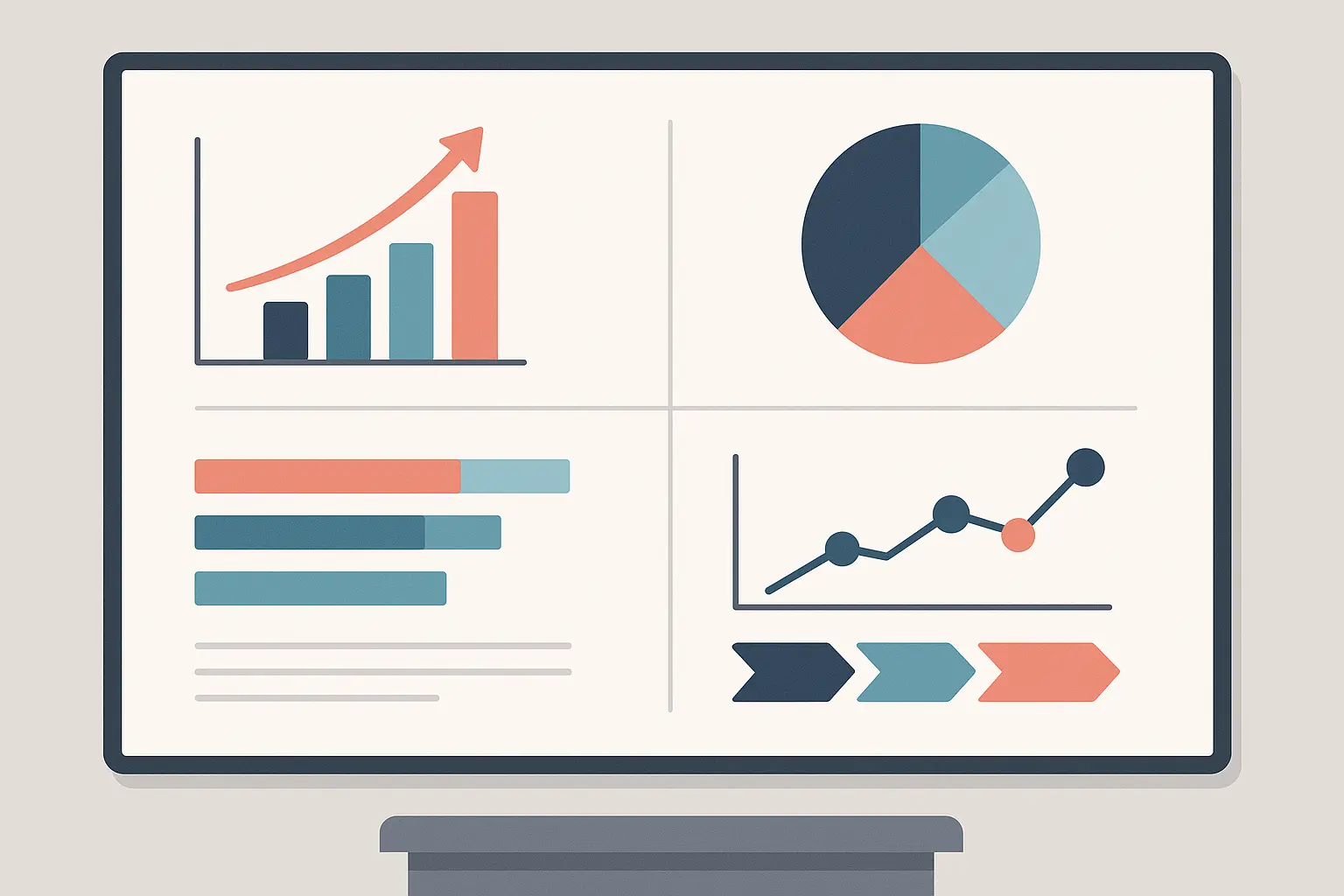
Preparation Timeline and Action Steps
Effective preparation requires structure and accountability. You can’t just practice randomly and hope for improvement – you need systematic approaches that build skills progressively while maintaining motivation and momentum.
The timeline I’m sharing reflects what actually works based on successful candidates’ experiences. It’s aggressive but achievable if you’re committed to consistent daily practice and continuous improvement.
Week-by-Week Study Plan
Phased preparation prevents overwhelm while ensuring comprehensive skill development. Each phase has specific objectives and activities that build toward overall case interview competence.
Your preparation should intensify over time as your skills develop and your interview dates approach. Early phases focus on foundation building, while later phases emphasize performance optimization and confidence building.
Foundation Phase (Weeks 1-3)
Foundation building isn’t glamorous, but it’s essential. You need solid basics before you can develop advanced skills or perform well under pressure. Rush through this phase, and you’ll struggle later.
Just as we emphasize systematic skill building in our retail math fundamentals guide, case interview preparation requires mastering quantitative basics before advancing to complex analytical frameworks.
Action Steps:
-
Memorize 5-7 core frameworks (profitability, market entry, operations) – understand when and how to use each one
-
Practice 30 minutes of mental math daily using case-specific calculations – focus on accuracy first, speed second
-
Read “Case in Point” and complete all practice problems – this builds your analytical foundation
-
Record yourself solving cases to identify speech patterns and filler words – self-awareness drives improvement
Focus on understanding rather than memorization. You need to internalize why frameworks work, not just what they contain. This deeper understanding will serve you well when you need to customize approaches for specific cases.
Mental math practice should include percentages, basic multiplication/division, and estimation techniques. These skills need to be automatic so you can focus on analysis rather than calculations during interviews.
Skill Development Phase (Weeks 4-7)
Skill development is where preparation gets interesting. You’re moving beyond basics to develop the analytical sophistication and business knowledge that separate strong candidates from average ones.
Action Steps:
-
Complete 1-2 live practice cases with partners daily – focus on realistic timing and feedback
-
Study 3 industries deeply (tech, healthcare, retail) including key metrics and trends – this knowledge supports better analysis
-
Practice advanced frameworks like BCG’s advantage matrix – expand beyond basic approaches
-
Time yourself on market sizing – aim for 3-4 estimates in 5 minutes with reasonable accuracy
Industry knowledge makes a huge difference in case performance. Understanding typical profit margins, growth rates, and competitive dynamics helps you make better assumptions and provide more realistic recommendations.
Partner practice is essential during this phase. You need feedback from others to identify blind spots and improve your communication style. Solo practice has limits – you need interaction to develop interview skills.
Performance Phase (Weeks 8-12)
Performance optimization is about consistency and confidence under pressure. You’ve built the skills – now you need to demonstrate them reliably in high-stakes situations.
Action Steps:
-
Conduct mock interviews with BCG alumni or experienced consultants – get feedback from people who understand the standards
-
Practice cases in uncomfortable environments to build stress tolerance – coffee shops, noisy areas, time pressure
-
Develop 30-second personal stories for behavioral questions – preparation reduces anxiety and improves delivery
-
Review and memorize key business facts and current events – show business awareness and curiosity
Mock interviews with experienced consultants provide the most valuable feedback. They understand what interviewers are looking for and can provide specific guidance for improvement.
Stress tolerance practice might seem unnecessary, but it builds mental resilience that serves you well during actual interviews. If you can perform well under artificial stress, real interview pressure becomes manageable.
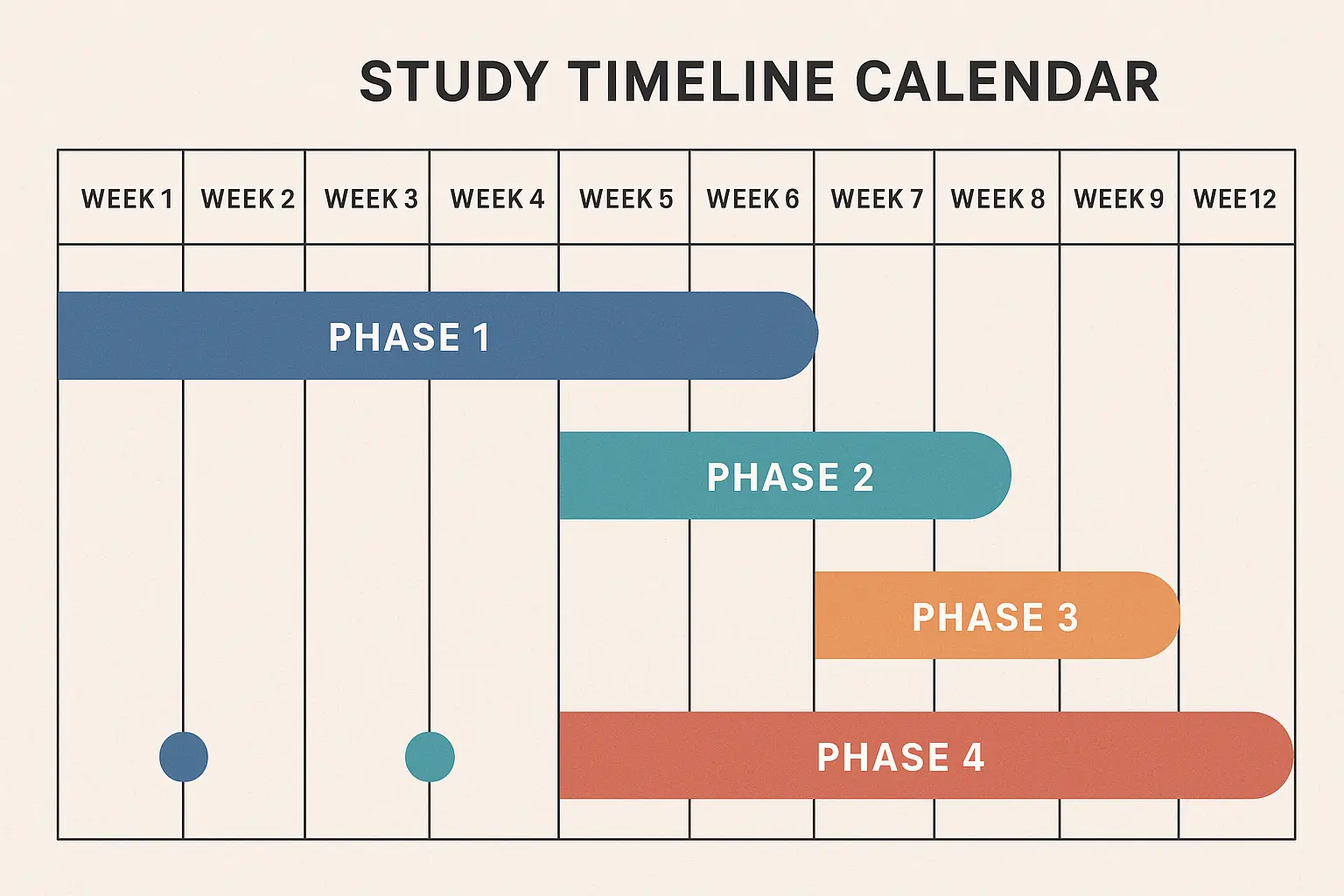
Common Pitfalls and Recovery Strategies
Mistakes happen in case interviews – the key is recovering gracefully and maintaining momentum. Interviewers understand that pressure creates errors, but they want to see how you handle challenges and adapt when things don’t go perfectly.
Recovery strategies are as important as prevention. Your ability to acknowledge mistakes, correct course, and continue with confidence shows the resilience and adaptability that consulting requires.
Calculation Errors and Recovery
Math errors are inevitable under interview pressure, but they don’t have to derail your performance. The key is catching them quickly and recovering smoothly without losing confidence or momentum.
Understanding calculation accuracy is crucial for case success, which is why tools like our ROI calculator guide emphasize the importance of systematic approaches to financial analysis that mirror consulting methodologies.
Action Steps:
-
Always round numbers to make calculations easier – precision isn’t as important as directional accuracy
-
Sanity-check answers by comparing to known benchmarks – does your market size estimate seem reasonable?
-
If you catch an error, acknowledge it briefly and correct without dwelling – “Let me recalculate that quickly”
-
Practice the “80/20 rule” – focus on directional accuracy over precision in most calculations
Sanity checks are your best defense against major calculation errors. If your market sizing suggests a $500 billion market for dog toys, you’ve probably made an error somewhere in your analysis.
Recovery should be quick and confident. Don’t apologize extensively or lose confidence – just correct the error and continue. Interviewers care more about your overall analytical approach than perfect arithmetic.
Framework Misapplication
Framework misapplication is more serious than calculation errors because it affects your entire analytical approach. However, recognizing the problem and pivoting shows business judgment and adaptability.
Action Steps:
-
Ask clarifying questions before selecting your framework – understand the problem before choosing your approach
-
State your framework choice and get interviewer buy-in – “I’d like to use a market entry framework – does that make sense?”
-
If the framework isn’t working, pause and ask for guidance – “I’m not sure this approach is getting us where we need to go”
-
Practice transitioning between frameworks mid-case – develop flexibility in your analytical approach
Prevention is better than recovery when it comes to framework selection. Take time to understand the case before committing to an analytical approach, and don’t be afraid to ask clarifying questions.
If you need to pivot, do it decisively. Acknowledge that your current approach isn’t optimal and propose an alternative. This shows business judgment and adaptability rather than stubbornness.
The Marketing Agency understands the analytical rigor required for BCG case success because we apply similar structured thinking to marketing strategy challenges. When clients need data-driven approaches to optimize their marketing performance across SEO, PPC, and content marketing, we use the same hypothesis-driven problem-solving techniques that BCG values in case interviews. Our transparent, metrics-focused approach to marketing ROI optimization mirrors the analytical mindset that consulting firms seek in their candidates.
If you’re preparing for BCG interviews while managing marketing responsibilities, The Marketing Agency can help optimize your current marketing performance so you can focus on case preparation. Our AI-driven analytics and performance optimization services free up your time for interview prep while ensuring your marketing initiatives continue delivering results. Ready to streamline your marketing so you can focus on landing that BCG offer? Let’s discuss how our data-driven approach can support your career transition.
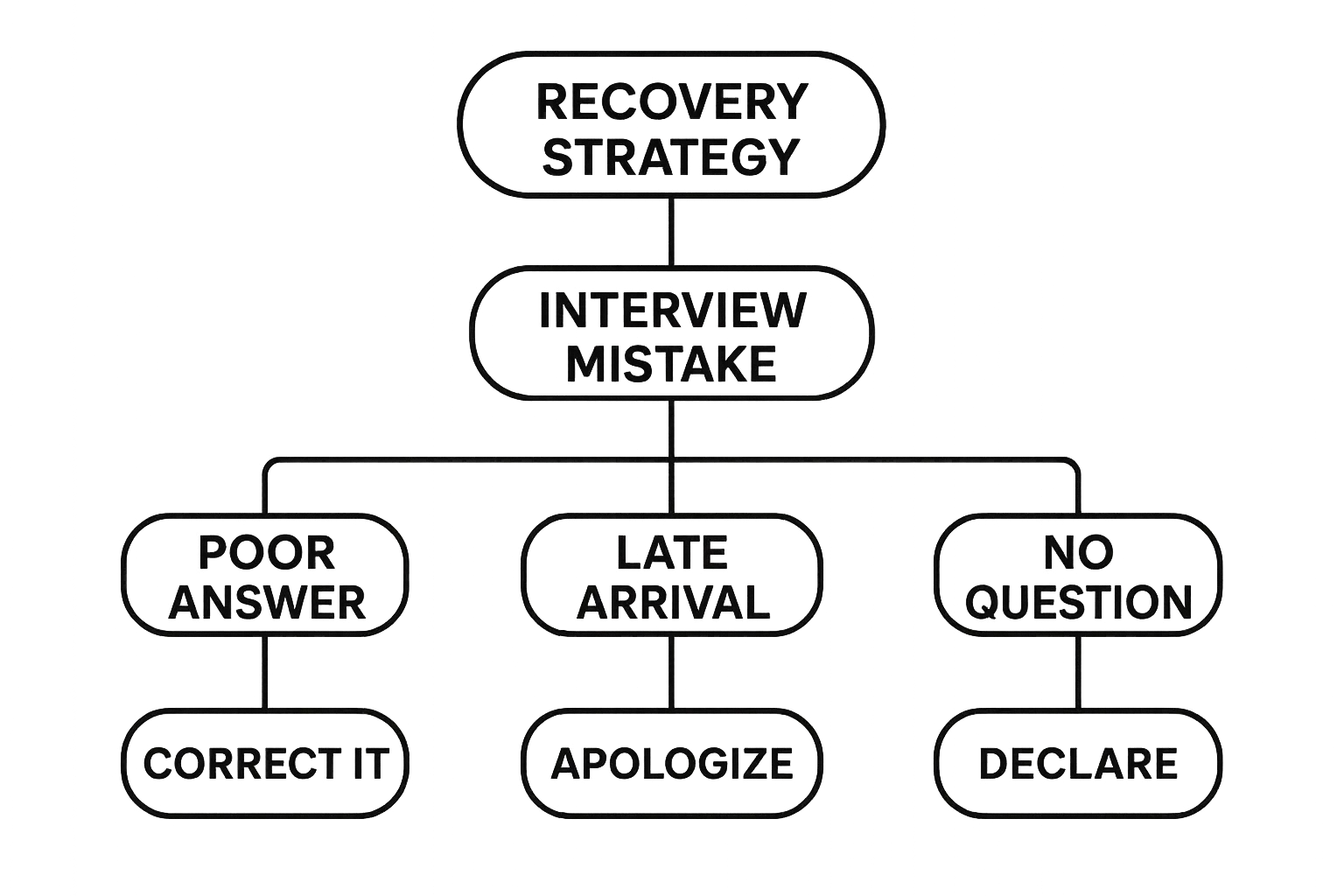
Final Thoughts
Here’s the bottom line: you can do this. Yeah, it’s going to be hard. Yeah, you’re going to mess up along the way. But if you put in the work – real, consistent, daily work – you’ll walk into that interview room ready to show them what you’ve got. And that feeling? Totally worth all the stress and late-night practice sessions.
Mastering BCG case interviews isn’t about perfection – it’s about showing the thinking patterns and problem-solving approaches that make great consultants. The frameworks, analytical techniques, and communication skills you develop during preparation will serve you well throughout your career, whether you end up in consulting or apply these capabilities in other challenging business roles.
The preparation process itself teaches valuable lessons about discipline, systematic skill building, and performance under pressure. These meta-skills are as valuable as the specific case interview techniques you’ll master along the way.
Remember that case interviews are conversations, not exams. The interviewer wants you to succeed and is looking for evidence that you can think clearly, communicate effectively, and solve complex problems collaboratively. Approach your preparation with confidence, knowing that thorough practice and systematic skill building will prepare you for success.
Your BCG case interview journey starts with a single practice case and builds through consistent daily effort over weeks and months. The candidates who succeed are those who commit to the process, learn from their mistakes, and maintain momentum even when progress feels slow. You have everything you need to succeed – now it’s time to put in the work and show them your potential.




